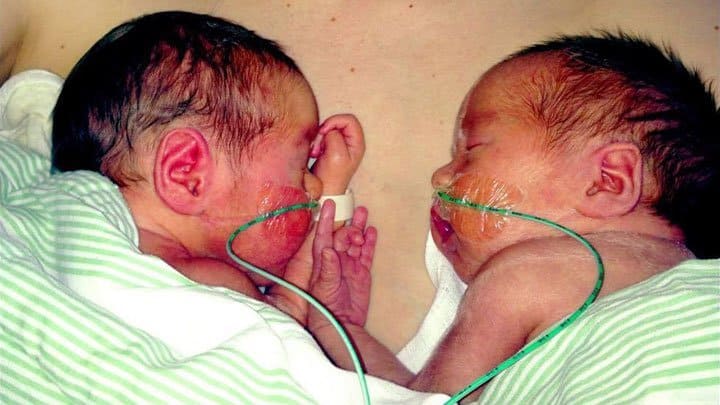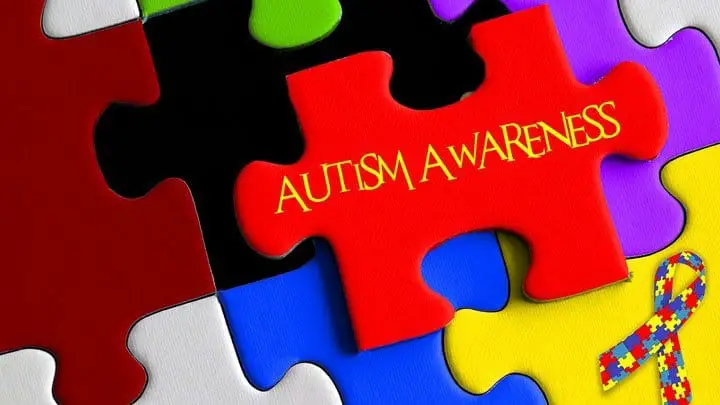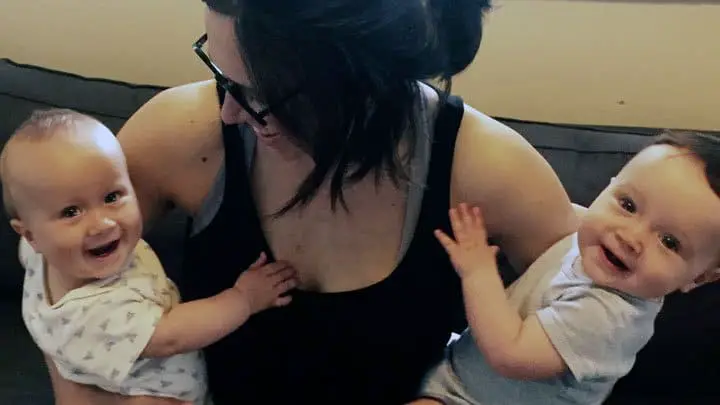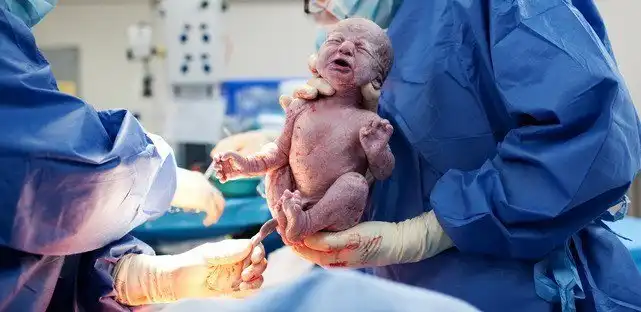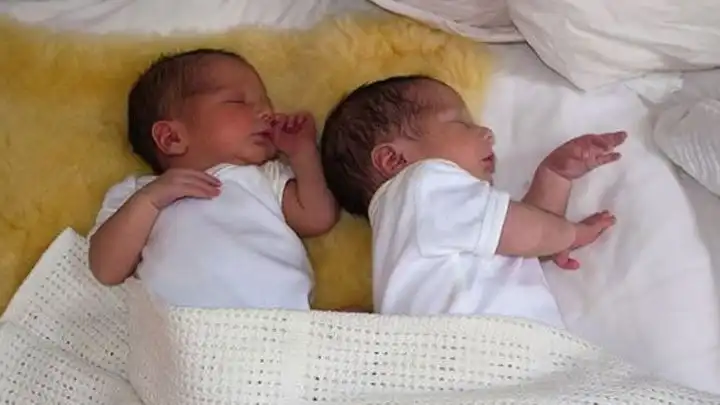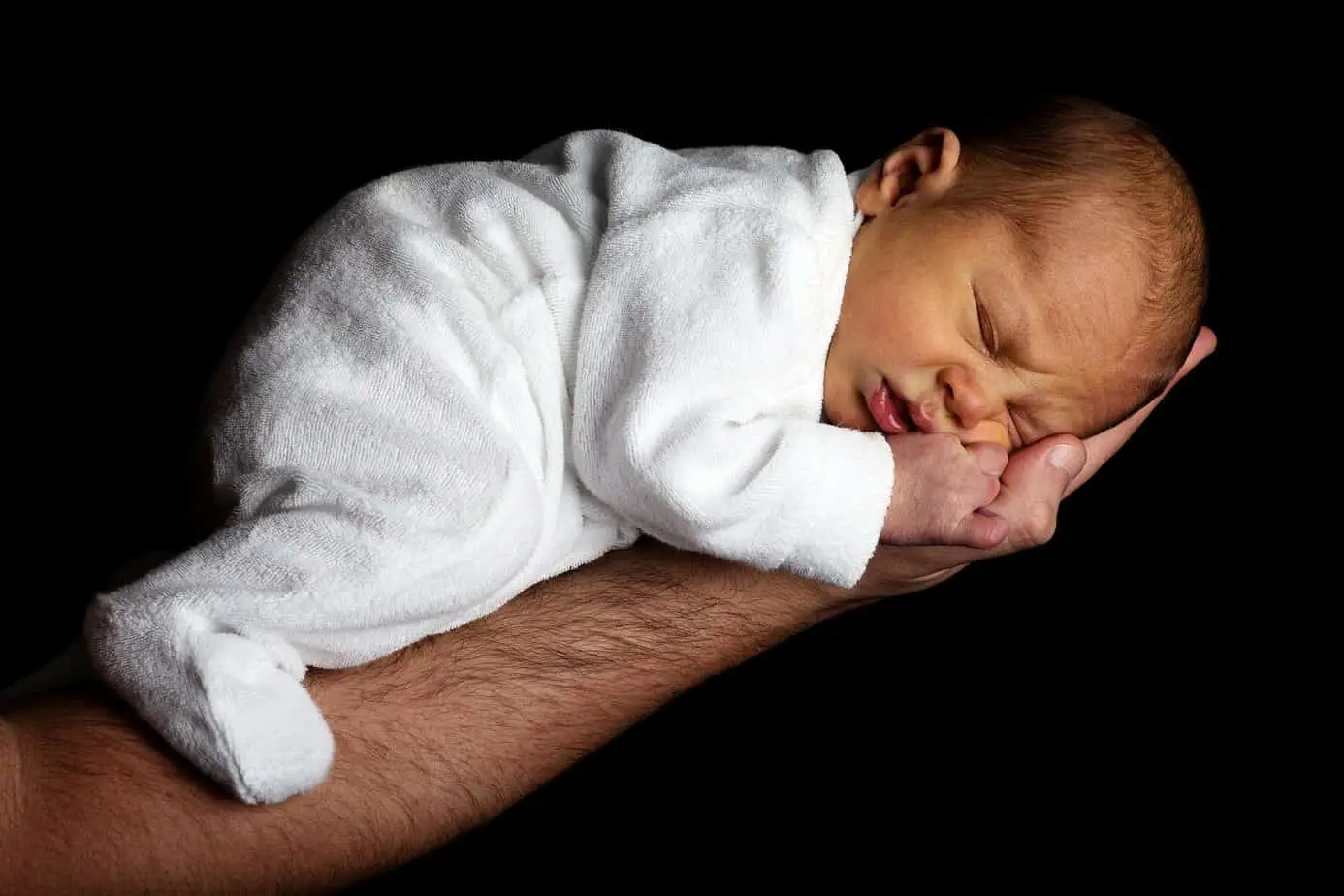Hip Dysplasia from Baby Carriers: Correct Hip Position Guide
There are several things that can cause hip dysplasia or dislocation. One of them is baby carriers that inadvertently don’t support babies correctly. Babies are most at risk of developing hip dysplasia from baby carriers in the first few months of life. When babies get bigger, more developed, and have stronger ligaments, they will be less susceptible to developing hip dysplasia or dislocation. Some types of baby carriers, slings, baby harnesses and wraps may inadvertently place hips in an unhealthy position. It’s especially a problem when the baby carrier is used for extended periods of time. It’s very important that parents are aware of the optimal hip position for babies, so their babies don’t develop hip dysplasia from baby carriers. Go to our baby carrier guide.
What is infant hip dysplasia?
It’s a condition where the ball and socket joint of the hips doesn’t properly form in babies and young children. The hip joint is a ball and socket joint. During the first few months of life the ball is more likely to be loose within the socket because babies are naturally flexible and because the edges of the socket are made of soft cartilage like the cartilage in the ear. If the hips are forced into a stretched-out position too early, the ball is at risk of permanently deforming the edges of the cup shaped socket (hip dysplasia) or gradually slipping out of the socket altogether (hip dislocation).
What causes hip dysplasia from baby carriers?
When a woman is pregnant, her baby or babies spend their entire day in the fetal position where their hips and knees are bent and flexed. It’s important that they are allowed to maintain that position after birth. Getting hip dysplasia from baby carriers is possible when babies are forced in a stretched-out position to soon. Their joints need time to stretch out naturally, so you need to make sure that your babies don’t get stuck in a baby carrier that forces them in a stretched-out position to soon. Babies that have been born in a breech position may need even more time to stretch out naturally. A breech position means that the baby was born bottom first as opposed to being born head first like most babies.
What are the signs of hip dysplasia in babies?
If your babies aren’t born with hip dysplasia or dislocation you might not notice the problem at first. It isn’t painful. When your babies start to walk, it can become an issue as the leg on the side of the dislocated leg may appear shorter. The leg may also turn outward. The space between the legs may also look wider than normal and the folds in the skin of the thigh or buttocks may appear uneven. Babies with hip dysplasia or dislocation may develop deformity of the hip and arthritis later in life.
Hip dysplasia baby treatment
Doctors may use x -ray or ultrasound to diagnose babies with hip dysplasia or dislocation. For babies up to six months of age, you can get a nonsurgical positioning device or placement of a Pavlik harness. The harness holds the hip in place. It’s usually worn one to two months. Some babies are successfully treated this way whereas others continue suffering from hip dysplasia. If that’s the case casting or surgery may be an option. Casting remains on the hip until the hip returns to normal placement. Following casting, a special brace and/or physical therapy exercises may be necessary to make the muscles around the hip and in the legs stronger.
Baby carrier guide
These pictures are from the International Hip Dysplasia Institute (IHDI). IHDI is a not-for-profit organization that help patients with hip dysplasia regardless of age, nationality or social condition.

This is not a good way to carry a baby in a carrier. The legs are hanging straight down which means that the thighs aren’t supported to the knee joint. The resulting forces on the hip joint may contribute to hip dysplasia or dislocation.
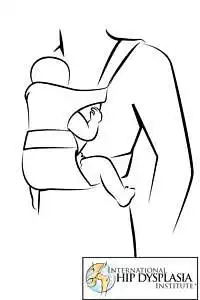
This is a better way of carrying a baby in a carrier. The thighs are supported to the knee joint. The forces on the hip joint are minimal because the legs are spread, supported, and the hips are in a more stable position.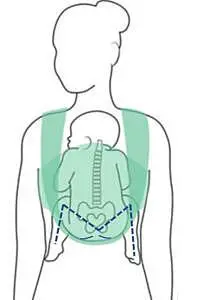
This is the optimal way of carrying a baby. The thighs are spread around the grown-up’s torso, and the hips bent, so the knees are slightly higher than the buttocks with the thighs supported. This position allows the baby to be in a position named jockey position or frog position. The hips fall or spread naturally apart to the side, with the thighs supported and the hips and knees bent. Free movement of the hips without forcing them together promotes natural hip development.
Baby carrier sling guide

This is not a good way to carry a baby in a sling. Baby carriers that force the baby’s legs to stay together may contribute to hip dysplasia.
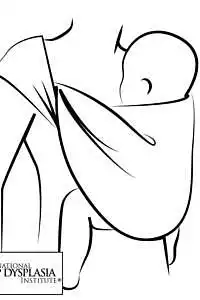
Baby carriers should support the thighs and allow the legs to spread to keep the hip in a stable position.

